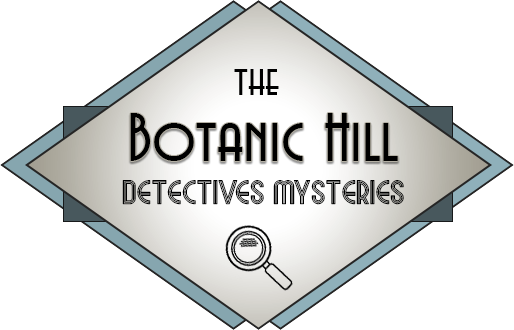Hello, Kids, and all Readers,
We see them everywhere in the Northern Hemisphere right now–from farms to grocery stores, garden shops, front porches, ovens, and Starbucks.
Presenting autumn’s icon, the ubiquitous Pumpkin!
Did you know that the word “pumpkin” came from the Greek pepon, meaning “large melon”? The French called it pompon, and the English of yore pumpion. Colonial North Americans called it pumpkin. A member of the gourd family, the pumpkin predates beans and corn, having been cultivated by Indigenous peoples in North America over seven thousand years ago. Depending on the tribe, they called pumpkins isqoutm, askutasquash, deohako, and other names.
But my favorite pumpkin details revolve around the squash’s symbolism, folklore, appearances in literature, and on Halloween:
In many worldwide cultures, pumpkins represent abundance, prosperity, and rewards of labor–especially during harvests. Pumpkins are often symbols of growth, change or transformation, and renewal. (Think Cinderella’s pumpkin coach.)
In 2015, Barnes and Noble published “The Six Most Famous Pumpkins in Literature (and One Rutabaga)”, by Diana Biller. Click on that title to find Biller’s choices. But here are author clues: Perrault, Washington Irving, L. Frank Baum, Arthur Golden, Nathaniel Hawthorne, and Charles Schultz. Can you name the respective pumpkin literature before viewing the article?
You rightfully ask, “So, how did a rutabaga come to be associated with the pumpkin?” From the Legend of Stingy Jack. Centuries ago in Ireland, the first Jack-o’-lanterns were turnips carved with frightening faces to scare off evil spirits. (Some confuse turnips and rutabagas.) Legend has it that a deceitful trickster blacksmith named Stingy Jack tried to fool the Devil many times. His punishment was to roam the Earth in darkness for eternity. He carved and carried a turnip to light his way, aglow from an ever-burning ember. Enter Jack of the Lantern. Jack-o’-Lantern! And that brings us to Halloween.
When the Irish emigrated to North America in 1846 to escape the Great Famine, they discovered that pumpkins were easier to carve than turnips. Viola! The modern-day pumpkin jack-o’-lantern was born and still adorns many porches and windows on Halloween to warn off evil spirits like Trickster Jack. This also explains why kids go door to door and say, “Trick or treat!”
So, get another clue, Readers. It isn’t too soon to start thinking about how you will carve your jack-o’-lantern’s face this year. Salute the Irish and the marvelous pumpkin for keeping us safe from the goblins on Halloween night!
(Photo credits, left to right: Ylanite Koppens, Matheus Bertelli, Aleksandar Cvetanovic, and Sarah O’Shea, all from pexels.com)










